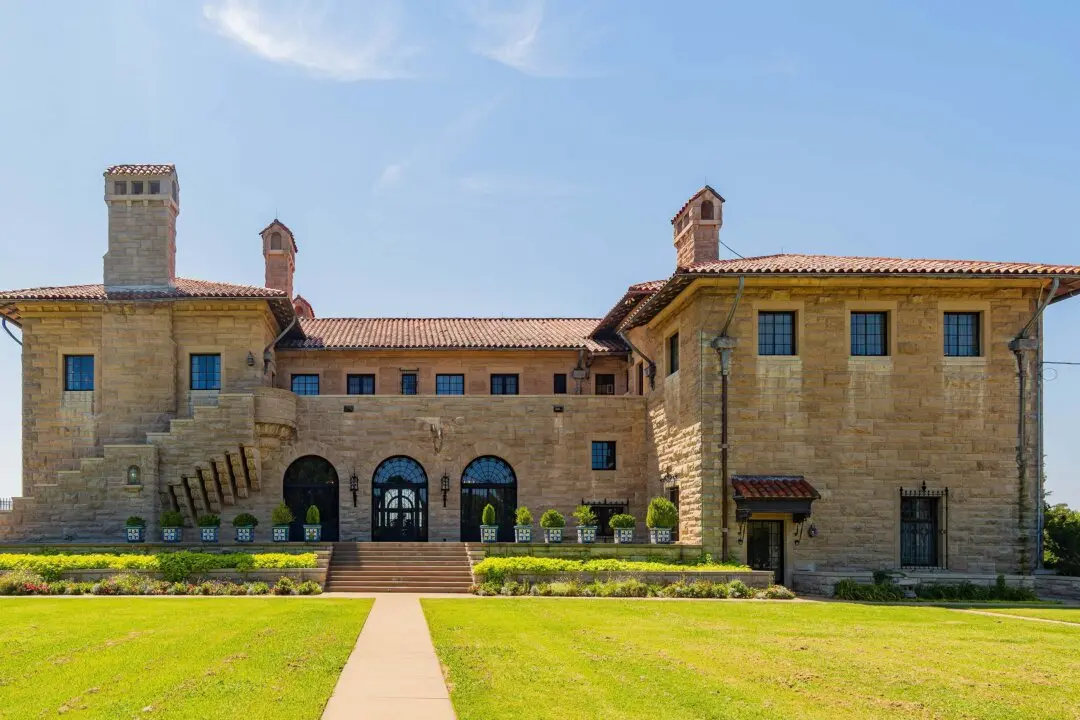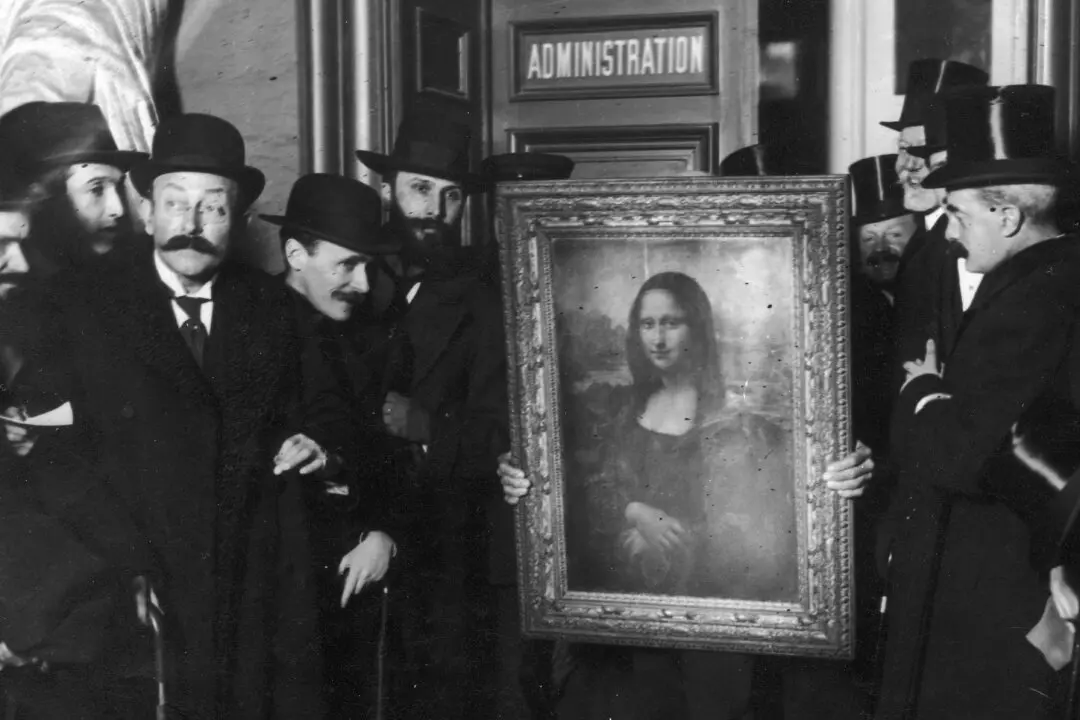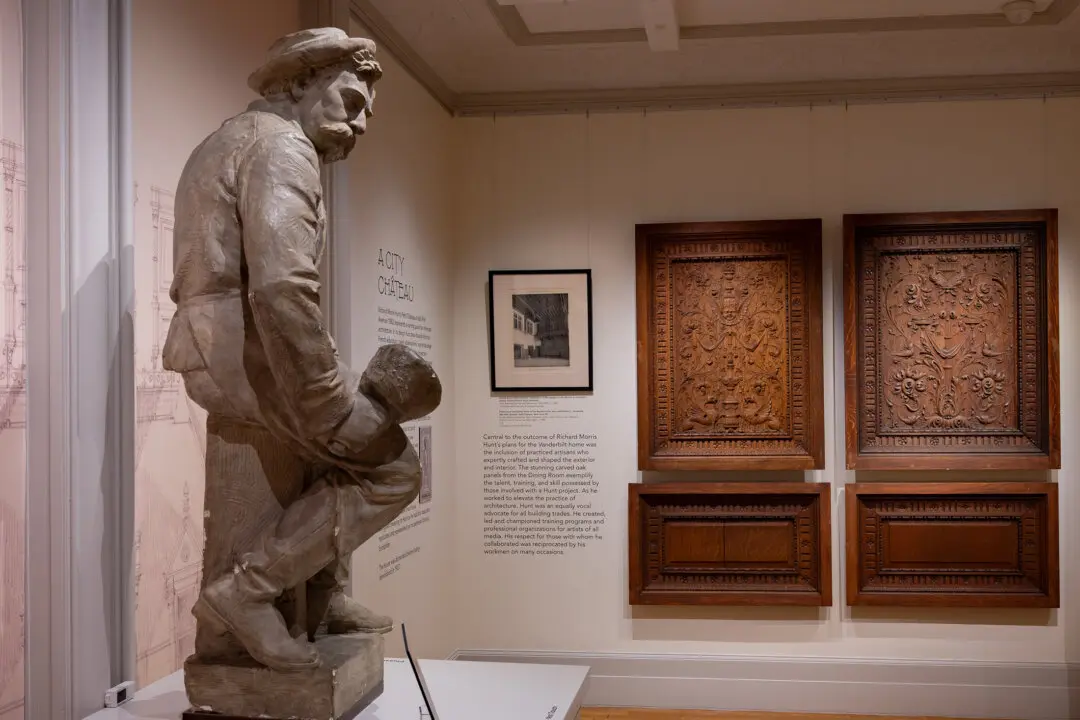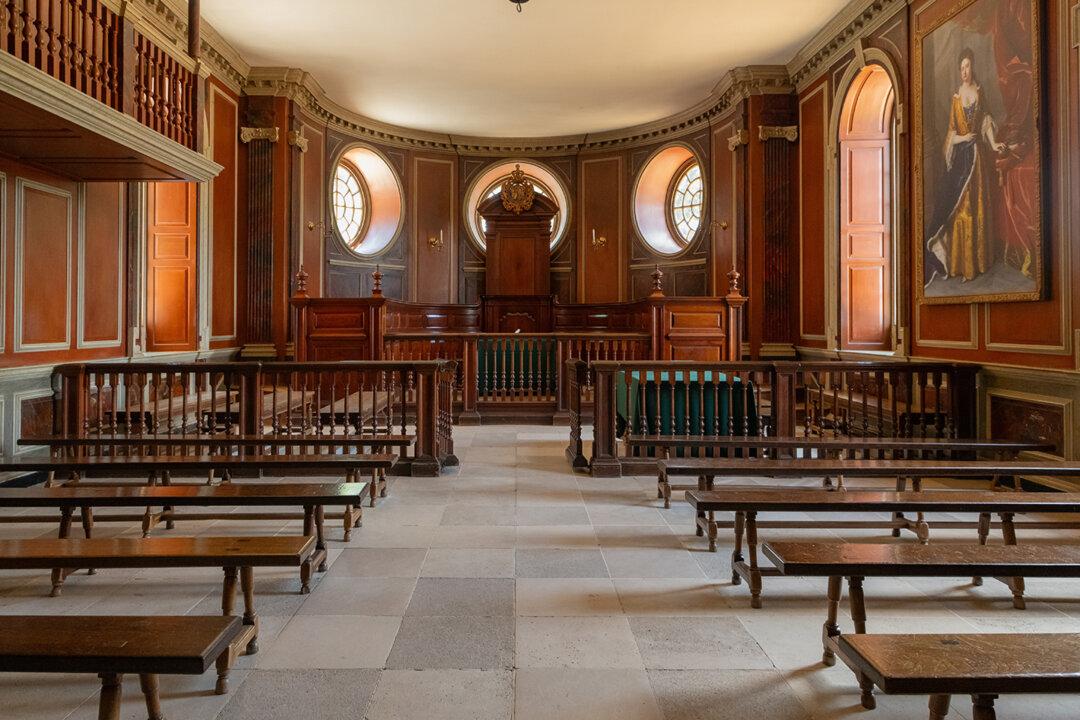“You enter a large and spacious hall or vestibule, the walls covered with a very splendid French paper—beautiful scenery, figures, etc.—the floor an oil cloth. … To the right are two large, handsome rooms furnished in fashionable and genteel style, … [and] to the left is the dining room and chamber. There was no splendor to dazzle the eye but everything elegant and neat,” described Juliana Connor after her visit to The Hermitage in 1828.
The first tour guide at Andrew Jackson’s Hermitage was his personal servant, Alfred Jackson. In fact, it was Alfred’s purchase of many of the seventh president’s personal possessions that preserved a lot of the items shown in the house today. When the Ladies’ Hermitage Association was founded in 1889, modeled after the Mount Vernon Ladies’ Association that had formerly saved Washington’s home, Alfred sold his collection of Jackson furnishings to the ladies. It is recorded that he stayed on at the estate, giving tours. Alfred eventually made one simple request: He wanted to be buried next to Andrew Jackson.





